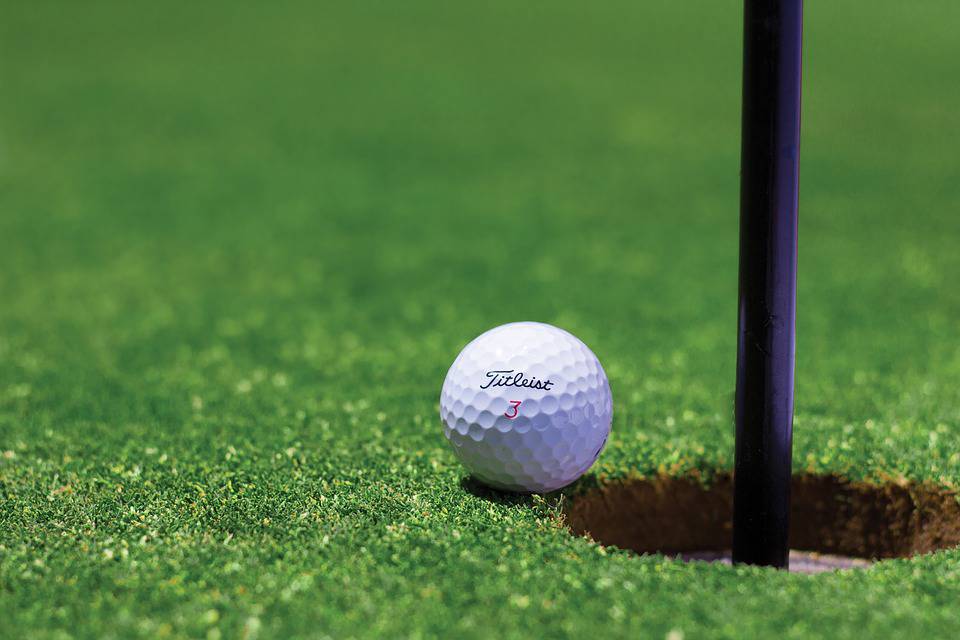 As we all know, the short game is the great equalizer in golf and can make a seemingly inevitably high score a manageable one. But for the majority of higher-handicapped players, this is the beginning of their scoring issues.
As we all know, the short game is the great equalizer in golf and can make a seemingly inevitably high score a manageable one. But for the majority of higher-handicapped players, this is the beginning of their scoring issues.
Some teachers will refer to the short game as any shot 100 yards or closer to the green. I contend that the majority of mid-to-high handicappers are hitting 100-yard shots with a full swing. Sixty yards or less is the most common trouble distance for most golfers, and I consistently see them execute the wrong shot. Two of the common examples I see is when players are chipping off the green rather than putting and trying to hit a high-pitch shot when they could utilize a bump/run shot. Below are a few simple techniques and principles to abide by when considering hitting the proper shot.
Putt whenever you can
Typically, collars and fairway surrounding most greens are cut lower than actual fairways. There are also fewer irregularities in the turf around the low-cut areas due to cart restrictions in and around the green. Whenever you have a shot where your ball lies short-sided or downhill to the hole, the putter is the choice. Also, during this time of year, when the rough is relatively dormant in the southwest, putting with a hybrid is a wise option as well.
If you can’t putt, chip
Choose a less lofted wedge or iron where a putting stroke would constitute a realistic swing to carry the ball a third of the way to the hole and release the remaining distance.
Pitch only when it is absolutely necessary
The less swing you have around the green, the more consistent your short game will be. The lower-trajectory shot is much easier to control. If you do choose to pitch or lob the shot, make sure to control your clubface by choking down and stabilizing your lower body by bending more with the knees than at the waist.
Practice your short-game shots as much as you go to the driving range
If a player spends equal time with both facets of the game, chances are he or she doesn’t have a lot of bad-scoring rounds.
Match your wedges accordingly
It is important to understand that if you don’t have a gap wedge in your bag yet, this year is the time to get one. A gap wedge is typically anywhere from 50 to 54 degrees of loft. This typically fills the “gap” that separates a player’s pitching wedge and sand wedge. A gap wedge is much more important to have than a lob wedge.
It is unreasonable to consider that an improved short game can make anyone a scratch golfer, but it is not unrealistic to improve dramatically through short-game shots that instill confidence and a sense of consistency.



